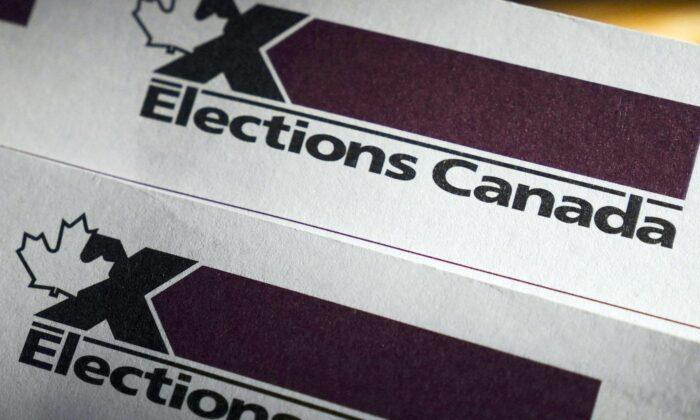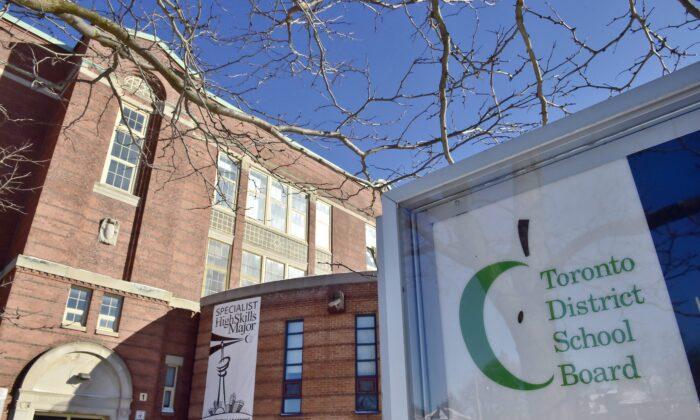Canada’s pledged
$5 billion in military aid to Ukraine will be funded using proceeds from frozen Russian assets, the federal government says.
The announcement was made on Feb. 24 as Prime Minister Justin Trudeau is taking part in the summit of world leaders in
Kyiv to mark the third anniversary of Russia’s invasion of Ukraine.
Canada’s pledged
funding in military assistance to Ukraine includes
Leopard 2 main battle tanks, armoured combat support vehicles, anti-tank weapons, small arms, and ammunition.
“Canada has concluded negotiations with Ukraine on the terms of its $5 billion contribution and will disburse half of the funds, totalling $2.5 billion, in the coming days, with the remaining sum soon to follow,” the government
said.
Since February 2022, Canada has pledged over $19.5 billion in
total assistance to Ukraine.
At the Kyiv summit, Trudeau also committed to sending Ukraine additional military equipment, including 25 third-generation Light Armoured Vehicles, two armoured combat support vehicles, and four F-16 flight simulators. This builds on recent deliveries of F-16 landing systems, millions of rounds of ammunition, drone camera components, and first aid kits, he said.
Asked to confirm if Ottawa will send troops to Ukraine, Trudeau told reporters at the Kyiv summit that “everything is on the table.”
“We know we’re going to have to continue to do more and more in an uncertain world. And Canada will be there. As to how we will be there, we will work with our neighbours on it,” he said during a
joint press conference with European leaders on Feb. 24.
U.S. President Donald Trump has pushed for a
ceasefire to quickly end the Russia-Ukraine war. After phone calls with his counterparts earlier in February, Trump
said that Russian President Vladimir Putin and Ukrainian President Volodymyr Zelenskyy were ready to negotiate a resolution. A senior Moscow official
confirmed over the weekend that arrangements are underway for a meeting between Trump and Putin.
Trudeau said Canadians are “deeply connected to Ukraine” as Canada has the second-largest Ukrainian diaspora in the world. “Canada knows this is a war that we cannot afford to ignore. I know the stakes. Canadians know the stakes,” he said.
A
Feb. 6 survey from Angus Reid Institute shows waning support among Canadians for further Ukraine aid, with 25 percent saying the country is doing “too much” to assist Ukraine, up from 13 percent who said so in May 2022. During the same period, the number of those who said Canada is “not doing enough” has halved, dropping from 38 percent to 19 percent.
During the Kyiv summit, Trudeau reiterated Canada’s commitment to achieving NATO’s defence spending target of 2 percent of GDP. At last summer’s NATO summit in Washington, D.C., he
committed to meeting the target by 2032 after facing criticism for Canada being the only member without a plan to do so.
In January, Defence Minister Bill Blair
said Canada may be able to meet NATO’s 2 percent defence spending target ahead of schedule, after Canada’s Chief of the Defence Staff Gen. Jennie Carignan suggested a two-year timeline to reach the goal.
As of 2024, Canada is one of eight NATO members—of 32 in the alliance—that have yet to meet the 2 percent defence spending target, according to NATO
data.
Meanwhile, several NATO members, including Estonia, are exceeding the 2 percent target by nearly twice the amount, with Estonian Prime Minister Kristen Michal saying at the Kyiv summit that the country is aiming to reach 5 percent next year.
The Canadian Press contributed to this report.







